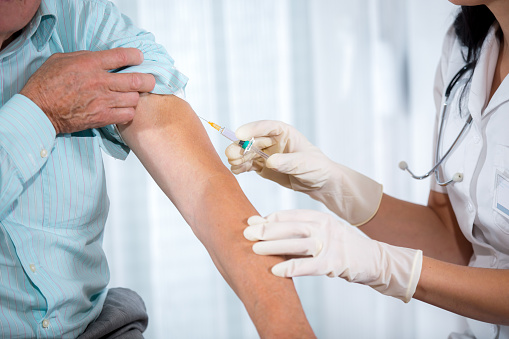On-demand content is available to ensure operational level staff or executives are equipped with the foundational knowledge and skills to navigate any crisis seamlessly.

Preparedness & Response
Hospital emergency preparedness and response is fundamental to community resiliency.
These planning resources establish hospital readiness, and provide a proven response and recovery framework, for before, during and after an emergency.
01. Preparedness
Preparedness are steps taken to ensure safety before, during and after an emergency. It is a continuous cycle of planning, organizing, training, equipping, exercising, evaluating and taking corrective action in an effort to ensure effective coordination during incident response.
02. Response
Response takes place in the initial minutes of an emergency and involves repeated assessment, planning, action and review to respond appropriately to needs and capacities as they evolve.
03. Mitigation
Mitigation is the effort to reduce the loss of life and property by lessening the impact of incidents.
04. Recovery
Recovery is the phase of the emergency from the point of incident stabilization to a return to a “normal” state.
MHA Resources
MHA has an interactive toolkit to provide technical implementation assistance to Missouri hospitals and health care organizations by compiling state and national planning resources. The document draws awareness to current, established systems of preparedness to facilitate alignment among providers rather than duplicate efforts.
The foundation of a strong emergency preparedness program is the completion of a hazard vulnerability assessment, which is required annually by CMS and other accrediting bodies. They are generated based on historic prevalence, extent of impact and response strategies. Missouri’s experiences with winter weather, tornadoes, flooding and the anticipated destruction of a New Madrid Seismic Zone event are the focus of MHA’s preparedness efforts. The report highlights results from the 2018 safety and preparedness program assessment of 123 hospitals.
The Health Care Preparedness Professional Orientation Timeline provides a standardized orientation template to understand facility requirements, regional resources and Missouri’s health care response system. (Excel file)
Federal Emergency Management Agency
FEMA’s mission is to lead America to prepare for, prevent, respond to, and recover from disasters with a vision of “A Nation Prepared.” The agency offers several resources to help people before, during, and after disasters.
National Incident Management System
FEMA’s National Incident Management System provides a common, nationwide approach to enable the whole community to work together to manage all threats and hazards. NIMS applies to all incidents, regardless of cause, size, location, or complexity. NIMS retains key concepts and principles while incorporating lessons learned from exercises and real-world incidents, best practices, and changes in national policy.
MHA Resources
FEMA Resources
Contact An Expert

Carissa Van Hunnik


Keri Barclay
Mutual Aid Agreement
The Missouri Hospital Mutual Aid Agreement establishes a coordinated system through which hospitals throughout Missouri and in adjoining states will provide mutual aid to each other as necessary to support emergency medical care needs in a medical disaster.
Media Library















